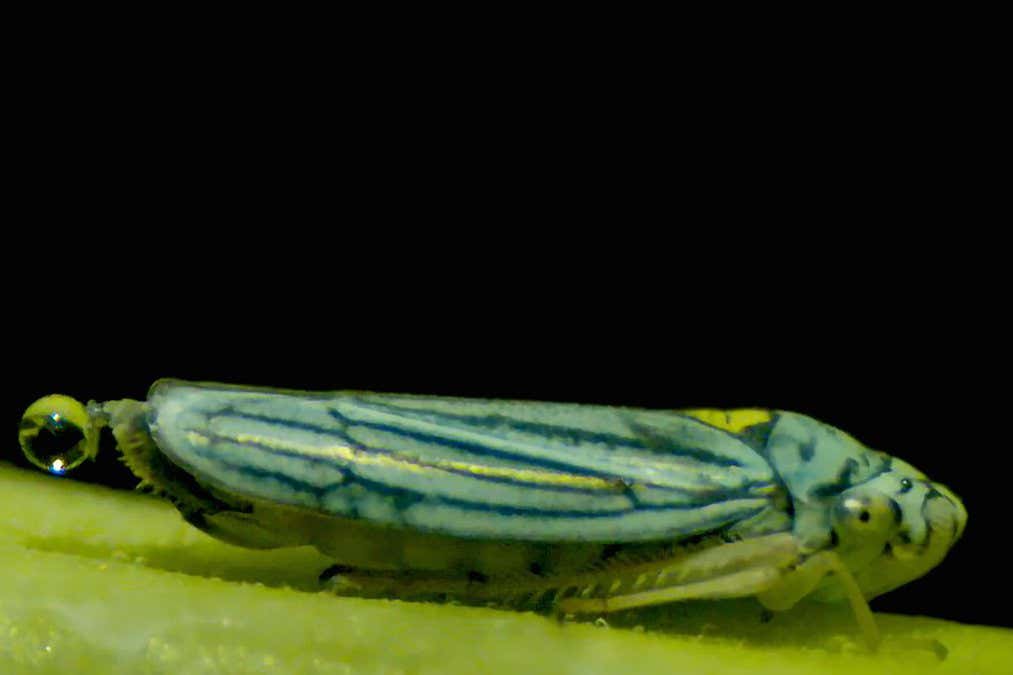Insect Urine: Tiny Creatures, Massive Waste, Powerful Propulsion
Introduction:
The world of insects is a bustling metropolis of activity, unseen yet impactful. While we often focus on their role as pollinators, predators, or pests, a less-discussed aspect of their lives holds surprising implications: insect urine. These tiny creatures, collectively, produce a staggering amount of waste, and surprisingly, this waste plays a significant, often overlooked, role in various ecosystems and even inspires technological advancements. This article delves into the fascinating world of insect urination, exploring its scale, composition, and unexpected applications.
The Scale of Insect Waste:
Imagine billions of insects, each excreting tiny amounts of urine daily. The cumulative effect is astonishing. Scientists estimate that insects contribute significantly to global nutrient cycling, particularly nitrogen. Their waste, containing nitrogenous compounds like uric acid and ammonia, acts as a natural fertilizer, enriching the soil and supporting plant growth. This impact is especially crucial in diverse ecosystems like forests and grasslands.
- Forests: Insect urine contributes significantly to the nutrient availability in forest ecosystems, supporting the growth of trees and understory vegetation.
- Grasslands: Insects play a vital role in nutrient cycling in grasslands, ensuring the continued productivity of these important ecosystems.
- Agriculture: While not always beneficial, insect urine can influence crop growth, highlighting the complex interplay between insects and agricultural practices.
Composition and Properties of Insect Urine:
Insect urine isn't just a simple solution of water and waste products. Its composition varies significantly depending on the insect species and its diet. Some common components include:
- Uric Acid: A relatively insoluble nitrogenous waste product, minimizing water loss. This is particularly important for insects living in arid environments.
- Ammonia: A more soluble and volatile nitrogenous waste, often found in higher concentrations in insects with access to abundant water.
- Other Metabolites: Depending on the insect's diet, other metabolites such as amino acids and sugars may be present in their urine.
These variations in composition influence the ecological impact of insect waste. For example, the presence of specific compounds can attract other organisms, further contributing to nutrient cycling and the overall ecosystem health.
Insect Urine: A Source of Inspiration for Propulsion Systems?
While the idea might seem unusual, research is exploring the potential of insect urination as a model for developing new propulsion systems. Some insects, particularly those that rely on rapid movements, utilize precise expulsion of bodily fluids for propulsion. This bio-inspired approach could lead to more efficient and sustainable propulsion methods.
- Microrobotics: Researchers are studying insect urination mechanisms to develop miniaturized propulsion systems for microrobots.
- Aerospace Engineering: The principles behind insect fluid expulsion could be applied to the design of more efficient thrusters for spacecraft.
Conclusion:
Insect urine, while often overlooked, represents a powerful force in the natural world. Its massive collective volume plays a crucial role in nutrient cycling and ecosystem health. Furthermore, the innovative mechanisms behind insect urination are inspiring technological advancements in areas such as microrobotics and aerospace engineering. This tiny aspect of insect biology holds immense significance, showcasing the interconnectedness of life and the potential for bio-inspired innovation.
Further Reading:
Call to Action:
Learn more about the fascinating world of insects and their impact on our environment! What other hidden wonders of the insect world are waiting to be discovered? Let us know in the comments below.

